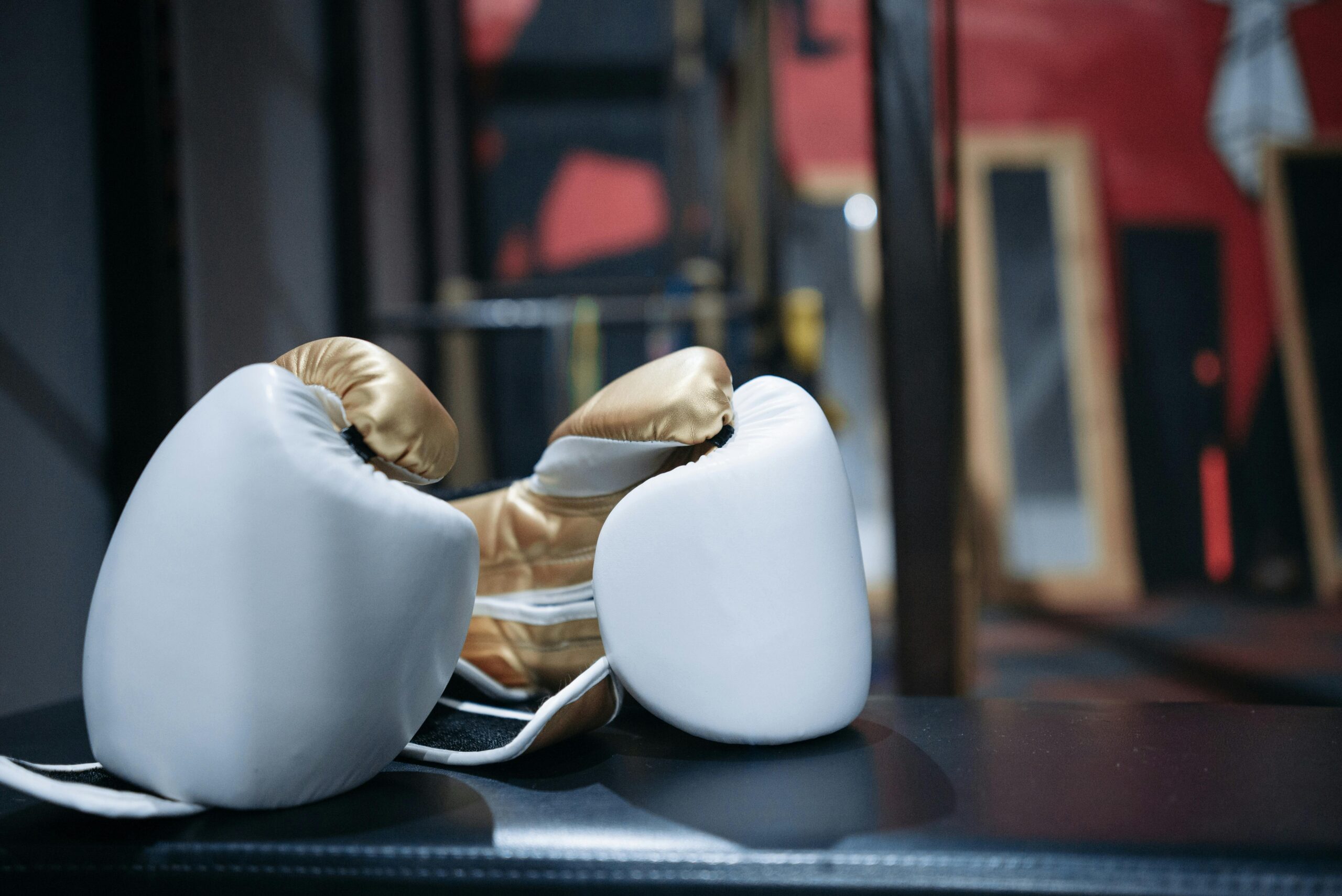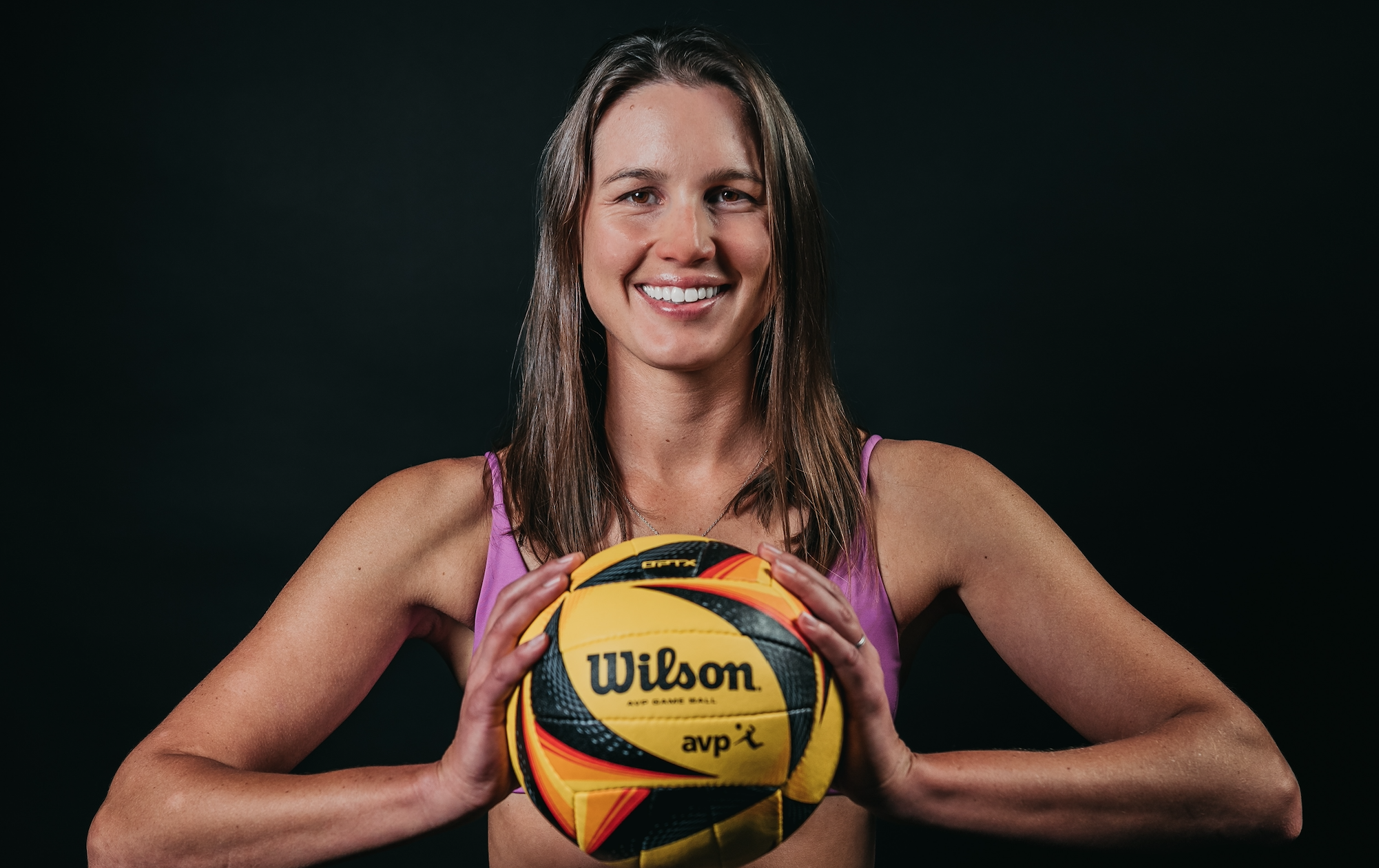
Female athletes have had it tough throughout the years: from poor media coverage, representation, and recognition, to unequal rights, wages, and opportunities. This vast array of issues, which amount to gender discrimination, have been brought to the forefront of the public’s attention thanks to high-profile discussions in the newsreels by fellow athletes, experts, and support staff within the industry as well as spectators/punters alike. The truth is that many are longing for a future that looks significantly different for female athletes.
Media Coverage
Media coverage of women’s sports is relatively lower than male sports. Even when there is a high amount of coverage, the discussion usually revolves around superficial aspects of female athletes such as their bodies and their clothing choices. This fixation on the physicality of women can be observed in sports like beach volleyball and beach handball, where women are expected to wear extremely tight-fitting attire. On the few occasions that players have protested against the uniform, they’ve been faced with a fine, as was the case for the Norwegian beach handball team.
Besides the emphasis on bodies and clothing, women also get fewer tournaments than men across their respective sports. For example, since 1989, there hasn’t been a single Tour de France organized specifically for female cyclists. A brief look at the current outright markets and cycling odds, and punters can see plenty of names including the likes of Tadej Pogacar (5/4), Primoz Roglic (7/4), and Jonas Vingegaard (5/1). One main commonality: there are only male cyclists available, such is the lack of representation within the prestigious Tour de France rankings.
However, things are about to change next year with the launch of the women’s Tour de France, which will hopefully go on to become as strong as the men’s race.
Gender Pay Gap in Sports
Two women made it to Forbes’ Highest-Paid Athletes list of 2021: Naomi Osaka, who is the world’s highest-paid female athlete ever, standing in the 13th position, and Serena Williams in the 28th position. Is the fact that two names have made it to the list supposed to serve as a victory for females in sport and beyond? This list only further highlights that the pay gap between men and women in professional sports exists, but that it is just as big now in the modern-day as it has ever been before.
Salaries vary from sport to sport, from organization to organization, from league to league, however, the reality is that no matter the sport, organization, or league, female athletes generally make less than men. When you compare the top-paid female athlete to the top-paid male athlete in any sport, the contrast will be blatant. There have been many initiatives to break this pattern, particularly in tennis where all four major tournaments have decided to stop discriminating against their players and offer equal prize money, but that is just one sport amongst many others.
Another prominent example is soccer. In the US, the women’s soccer games had been generating more revenue than men’s games for over three years, as of 2018, but the players were still getting paid less. This started a lawsuit that same year and an ongoing battle over payment equality between the US Soccer Federation and 28 members of the US women’s national soccer team. The lawsuit was finally settled this year, with the US Soccer Federation announcing it will be offering identical contracts to both teams.
There are many examples showing that there is still a long way to go to really see equality in the sporting world and fair coverage for female athletes. The summary is, however, that although there are many initiatives from the sports industry trying to fight the gender pay gap and the poor media coverage, there are still many obstacles that female athletes have to face. Attitudes are slowly changing, but gender inequality in sports remains a prominent issue.

















